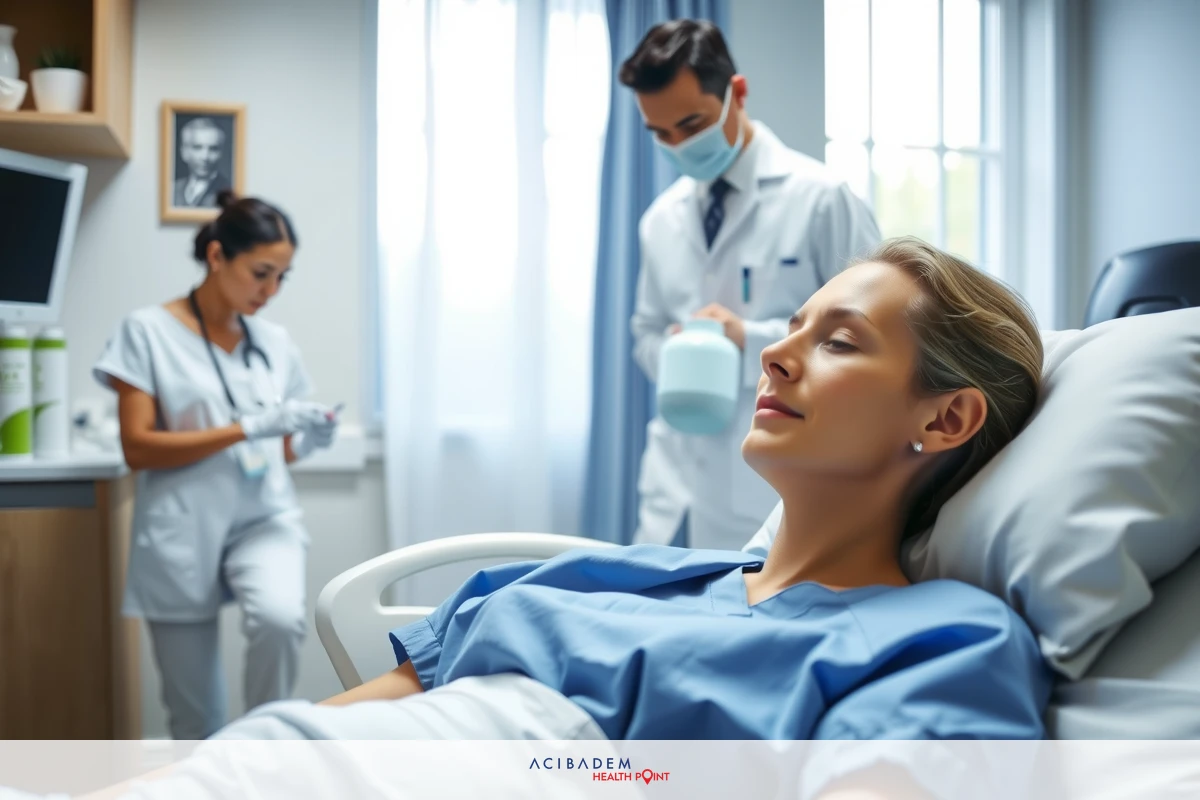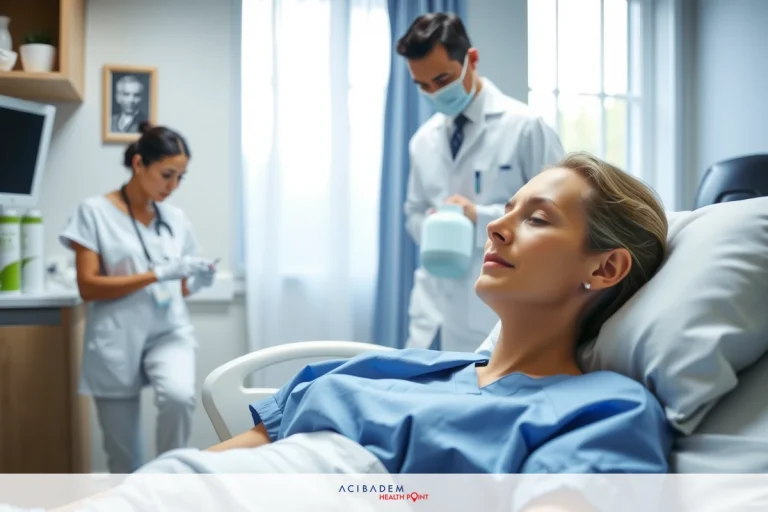How to Get Rid of Congestion After Rhinoplasty
How to Get Rid of Congestion After Rhinoplasty Rhinoplasty, a type of plastic surgery that changes the shape or function of the nose, can sometimes result in post-operative congestion. This congestion can be uncomfortable and may prolong the recovery process. Thus, finding effective ways to alleviate this symptom becomes crucial for patients recovering from rhinoplasty.
Nasal irrigation, humidification, and gentle massage techniques are some of the commonly recommended methods to ease nasal congestion after such surgeries. These methods not only relieve discomfort but also promote faster healing. By understanding and applying these techniques correctly, patients can ensure a smoother and more comfortable recovery journey.
Nasal Irrigation Techniques
Nasal irrigation is a trusted method for congestion relief, particularly helpful during the post-operative care phase following rhinoplasty. This process involves rinsing the nasal passages with a saline solution, which can effectively alleviate symptoms of nasal congestion. The saline rinse works by thinning out mucus, aiding in its expulsion and consequently clearing the nasal passages. Not only does this provide immediate relief from congestion, but it also flushes out allergens and irritants that might exacerbate the condition.
There are various tools available to perform nasal irrigation, one of the most common being a neti pot. A neti pot is a small container designed to rinse mucus or debris from your nasal cavity. When using a neti pot for congestion relief after rhinoplasty, it’s essential to use distilled or sterilized water instead of tap water. This is because tap water may contain organisms that are safe to drink but could potentially cause infection if introduced into the nasal passages. The use of a neti pot should always be guided by healthcare professionals during rhinoplasty recovery to avoid any complications.
Another popular method for nasal irrigation is the use of bulb syringes or squeeze bottles designed specifically for this purpose. These devices allow for a more forceful stream of saline solution, providing thorough cleansing of the nasal passages. However, they should be used with caution to avoid injuring sensitive nasal tissues during post-operative care. It is crucial to remember that while nasal irrigation techniques contribute significantly to recovery tips following rhinoplasty, they should
always be performed under guidance and supervision to ensure safety and effectiveness.
Humidification for Congestion Relief
Humidification is another effective method for relieving nasal congestion after rhinoplasty. This technique involves adding moisture to the air, which can help soothe the inflamed and irritated nasal tissues during your recovery period. Dry air can worsen the congestion by causing the mucus to become thick and sticky. Conversely, moist air helps thin out this mucus, making it easier to expel and thus clearing the nasal passages. This approach makes humidification a valuable part of post-operative care and a practical tip for rhinoplasty recovery.
One way to implement humidification is through the use of a humidifier. These devices emit water vapor or steam to increase the moisture level in the air. Having a humidifier in your recovery room, particularly near your bed, can provide continuous relief from nasal congestion throughout the night. Many types of humidifiers are available on the market, from ultrasonic to evaporators, and choosing one depends on personal preference. However, it’s important to clean these devices regularly as per manufacturer instructions to prevent the growth of mold or bacteria that could potentially worsen your congestion.
Another technique that utilizes the principle of humidification is steam inhalation. This simple yet effective method involves inhaling steam from a bowl of hot water or while taking a hot shower. The warm moisture helps

soften the hardened mucus in your nasal passages, facilitating easy expulsion and providing immediate relief from congestion. Some people also find adding essential oils such as eucalyptus or peppermint to the water beneficial due to their decongestant properties. However, caution should be taken not to inhale too close to the hot water or steam source as it may lead to burns. As always, these methods should be used as part of a comprehensive post-operative care plan following rhinoplasty for optimal recovery.
Gentle Nasal Massage Techniques
In addition to nasal irrigation and humidification, gentle nasal massage techniques can also help alleviate congestion following rhinoplasty. Nasal massages aid in reducing swelling in the nasal area, which is a common cause of nasal congestion during the recovery phase. These massages work by promoting blood circulation and lymphatic drainage around the nose, facilitating faster healing and providing relief from congestion.
To perform a gentle nasal massage for congestion relief, begin by washing your hands thoroughly to ensure they are clean and free of any potential irritants. Next, using your index fingers, apply gentle pressure on either side of your nose. Move your fingers in a
small circular motion, gradually moving upwards from the base of the nose to the bridge. This technique helps stimulate blood flow and can effectively reduce swelling, contributing significantly to rhinoplasty recovery.
It’s important to note that while these massage techniques can be beneficial for post operative care, they should only be done under the guidance of a healthcare professional. Excessive or rough massaging can potentially harm the healing tissues and disrupt the surgical result. Therefore, it is recommended to consult with your surgeon before incorporating these techniques into your recovery routine. By combining these gentle nasal massages with other methods such as humidification and nasal irrigation, you can effectively manage nasal congestion during your post rhinoplasty recovery period. How to Get Rid of Congestion After Rhinoplasty
How to Get Rid of Congestion After Rhinoplasty: Frequently Asked Questions
How long does nasal congestion typically last after rhinoplasty?
The duration of nasal congestion can vary from person to person. In most cases, nasal congestion gradually improves within the first week or two following rhinoplasty. However, it is not uncommon for some individuals to experience mild congestion for a few weeks or even up to a month as part of the normal healing process.
Can I blow my nose after rhinoplasty?
It is generally advised to avoid forcefully blowing your nose immediately after rhinoplasty surgery. Blowing your nose too soon can put unnecessary pressure on the healing tissues and potentially disrupt the surgical outcome. Your surgeon will provide specific instructions regarding when it is safe to resume blowing your nose based on your individual recovery progress.
Are there any medications that can help with post-operative nasal congestion?
Your surgeon may prescribe nasal decongestant sprays or saline nasal sprays to help alleviate post-operative nasal congestion. These medications can provide temporary relief by reducing swelling and opening up the nasal passages. However, it is important to follow your surgeon's guidance and avoid overusing these sprays, as excessive use can lead to rebound congestion.
When should I seek medical advice for persistent nasal congestion after rhinoplasty?
If you experience severe or prolonged nasal congestion that does not improve over time or if you develop other concerning symptoms such as severe pain, fever, or excessive bleeding, it is important to consult your surgeon or healthcare provider promptly. They will be able to assess your condition and provide appropriate guidance and treatment options.
Can I use over-the-counter nasal irrigation devices after rhinoplasty?
It is best to consult with your surgeon before using any over-the-counter nasal irrigation devices following rhinoplasty. While some devices may be safe to use, others may not be suitable for your specific situation. Your surgeon will provide guidance on the type of device and technique that is appropriate for you, ensuring a safe and effective recovery from nasal congestion.











